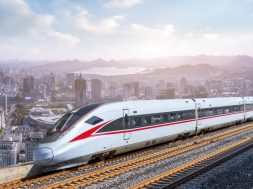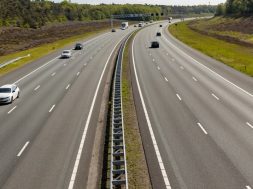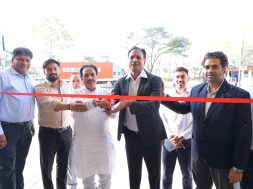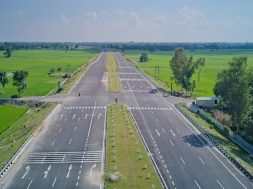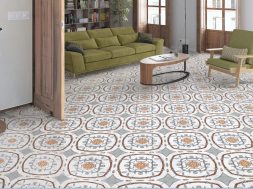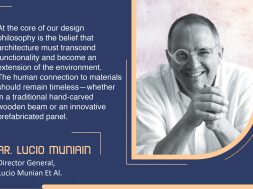Modern architectural designs through a transdisciplinary approach
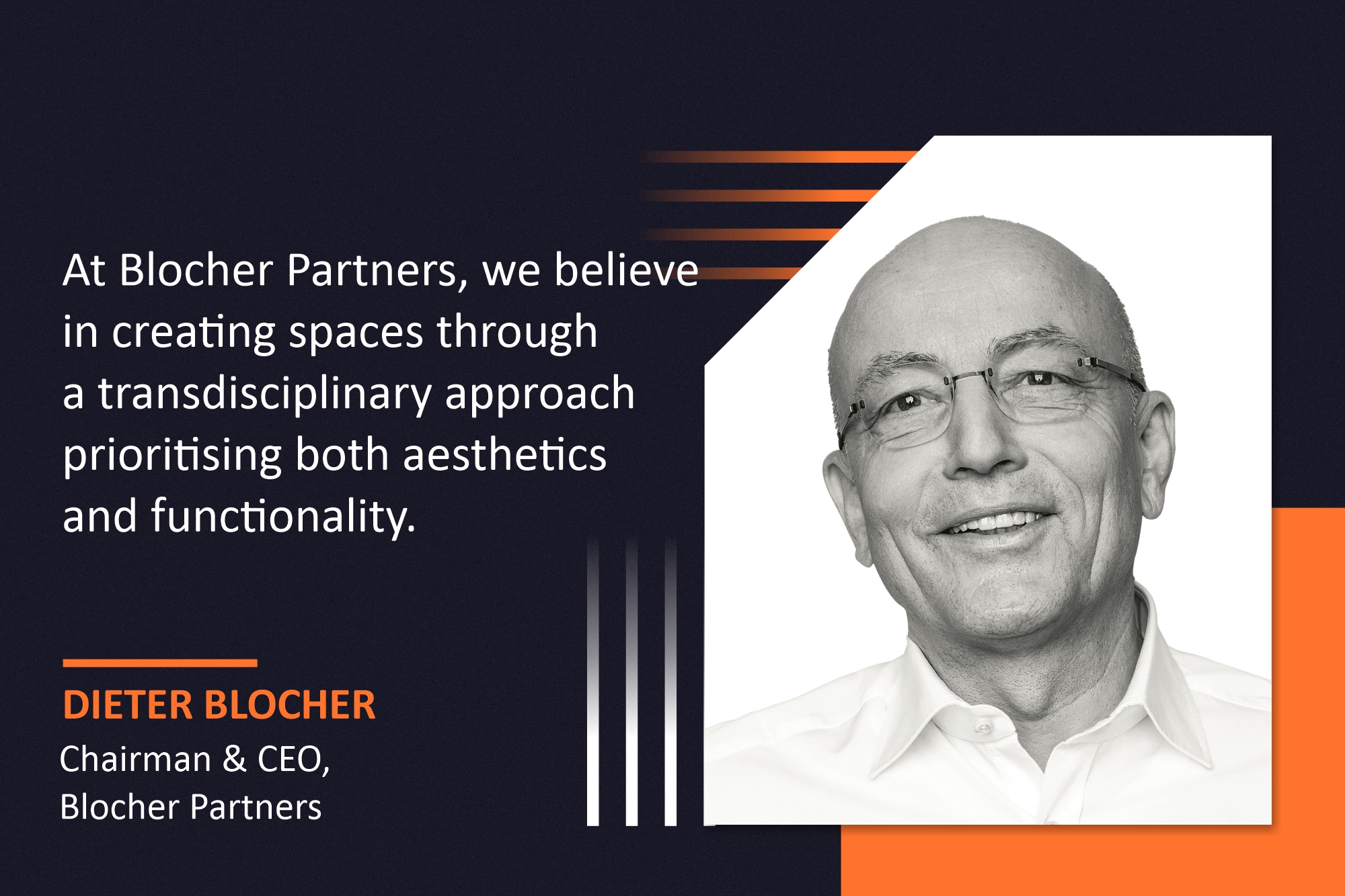
This interaction delves into how local cultural aspects can be incorporated into architectural designs through a transdisciplinary and international orientation.
How do you reflect a combination of cultural elements and modern architectural designs in your projects?
I believe that it is crucial to understand the context in which a project is being created. I would like to explain this with respect to the Indian context. Having worked in India for 20 years, we are familiar with the local cultural and historical context. We work closely with local partners and experts to ensure that cultural and historical features are incorporated into our designs. At the same time, we look for innovative solutions that meet contemporary demands. Our transdisciplinary approach allows us to integrate different perspectives, be it from the fields of architecture, interior design, strategy, or communication, to develop sustainable and culturally relevant solutions.
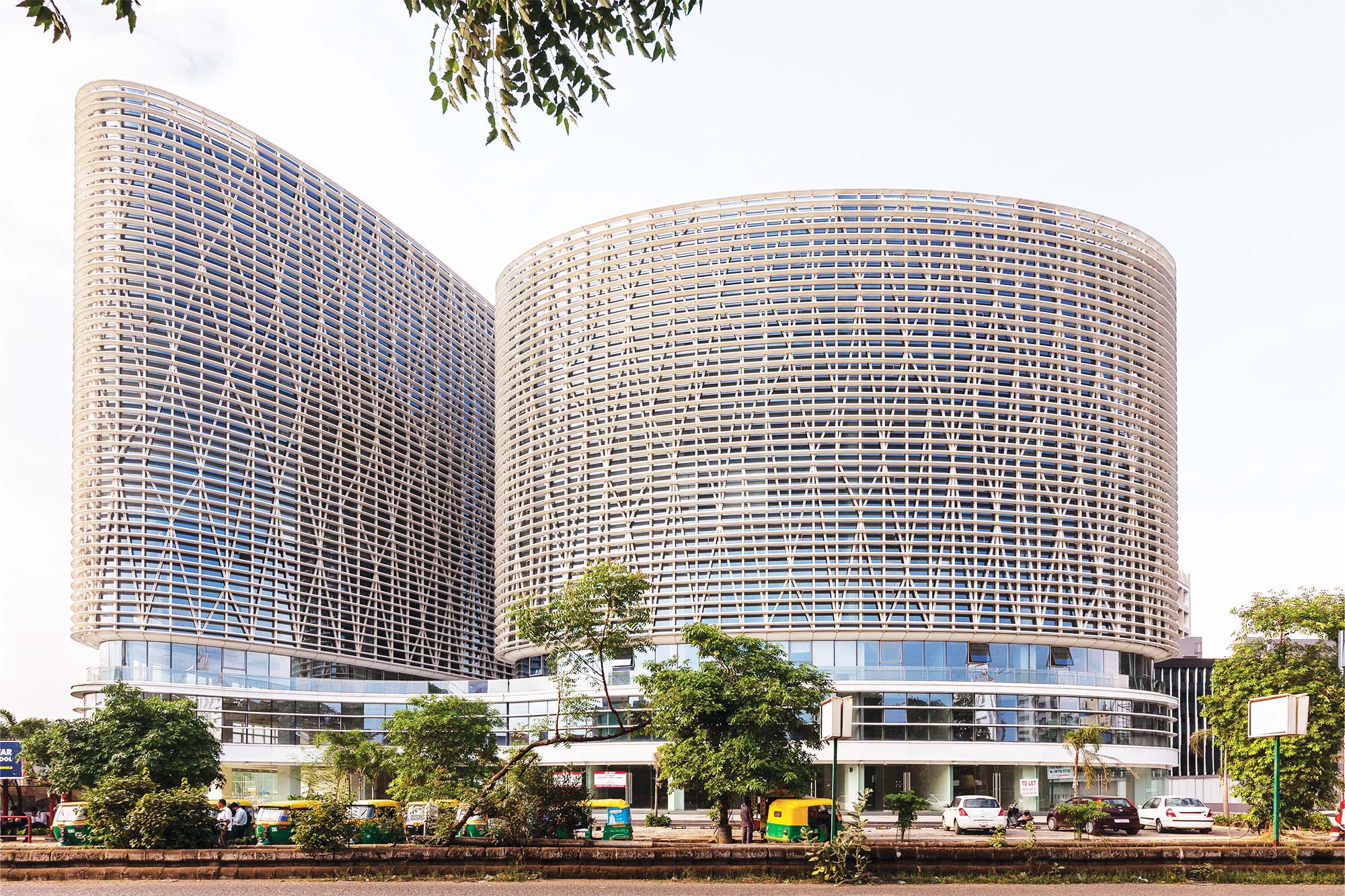
What methods do you adopt to balance aesthetics and functionality in your designs?
For us at Blocher Partners, aesthetics and functionality are two sides of the same coin. Architecture, undoubtedly, should be visually appealing, but should also serve its users and stand up to everyday use. Our design process is strongly focused on people – we not only prioritise aesthetic appearance but also place the needs of the users and the environment. This holistic approach allows us to create spaces that are both aesthetically inspiring and functional.
How do you ascertain sustainability through your design philosophy?
Sustainability is one of the core principles of our design philosophy. In every project, we strive to combine the ecological, social, and economic aspects of sustainability. We are always on the lookout for sustainable solutions, starting with the greatest possible reduction in heat input through to maximum flexibility of use, changeability of use, and service life. In addition to our decades of experience, our German way of thinking also helps us here. Our approaches range from energy-efficient designs and the choice of environmentally friendly materials to the creation of flexible buildings that can be adapted to future uses. At the same time, we attach great importance to working with all stakeholders to ensure a sustainable value chain.
What, in your opinion, is the role of technology in shaping the future of architectural designs?
Technology is a driving factor in architecture. It enables us to break new ground – be it through advanced construction methods, intelligent building technology, or the use of digital planning tools. At Blocher Partners, we rely on the latest technologies to design structures that are more efficient and more environmentally friendly. We firmly believe that, in the future, technology will play an even greater role, especially in terms of sustainability and the creation of resilient, adaptable cities.

What are the important factors that you consider while selecting the materials to ensure sustainability in your projects?
The choice of materials plays a decisive role in the sustainability of a project. In addition to energy efficiency and durability, we, at Blocher Partners, ensure to select materials that are recyclable or obtained from renewable sources. Local availability is also an important factor in minimising transport routes and improving the carbon footprint. Ultimately, we believe that each material must be considered in the context of the project — it should reduce the environmental impact while contributing to the cultural and aesthetic quality of the building.
How do you adapt your architectural approach when working in different cultural and climatic contexts?
Each project requires a unique approach that respects the local climatic conditions and cultural circumstances. In tropical regions, for example, we place particular emphasis on natural ventilation and shading, while in colder climates we prioritise thermal insulation techniques. It is also important to us to incorporate the cultural characteristics of the respective region into our designs – architecture must always be in dialogue with its surroundings.
For more details, visit: https://blocherpartners.com/en
Cookie Consent
We use cookies to personalize your experience. By continuing to visit this website you agree to our Terms & Conditions, Privacy Policy and Cookie Policy.

